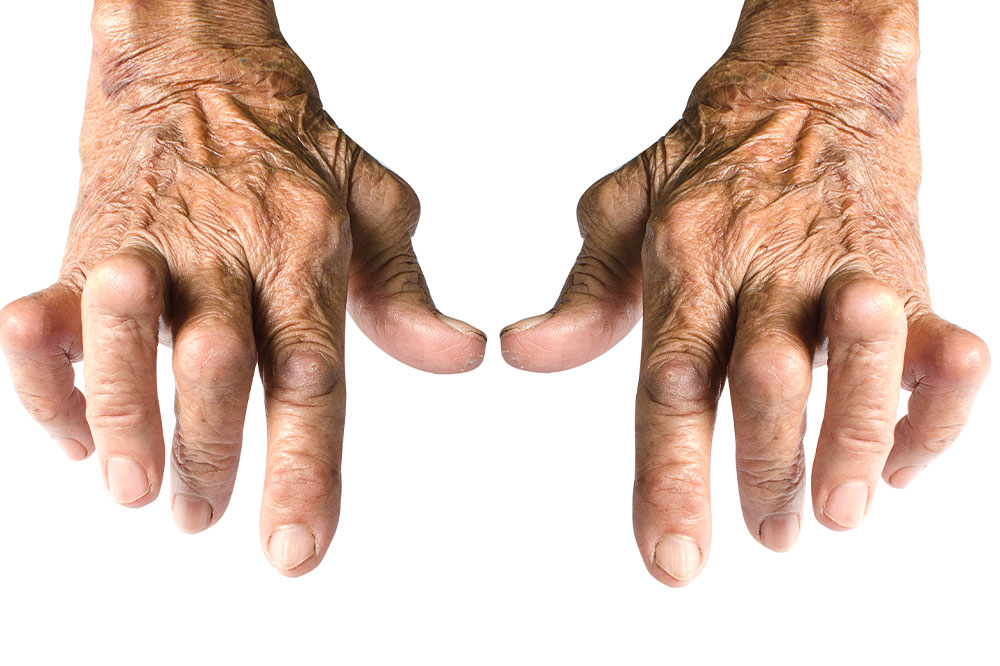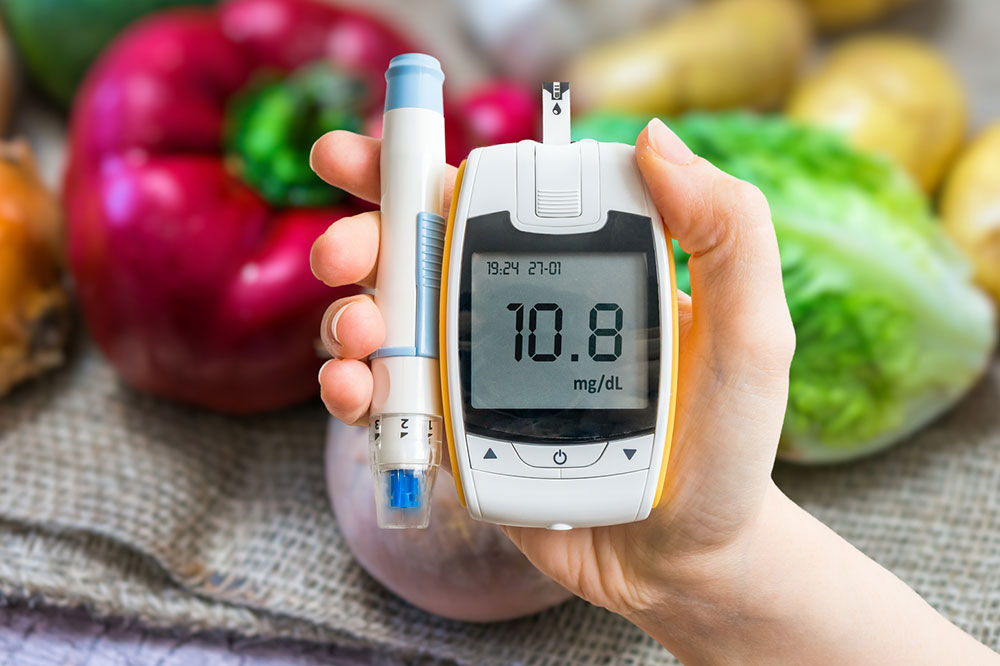Essential Foods for Managing Low Blood Pressure
This article offers essential dietary tips for individuals with low blood pressure, focusing on nutrient-rich foods like avocados, fish, leafy greens, berries, nuts, and whole grains. Maintaining a healthy lifestyle, exercising regularly, and consulting healthcare providers are vital for managing blood pressure effectively. The content aims to help readers understand how proper nutrition can support blood pressure stabilization and overall cardiovascular health.

Foods to Support Low Blood Pressure Management
Hypotension, or low blood pressure, occurs when blood pressure drops below normal levels, leading to various symptoms. Recognizing these signs is crucial:
– Weakness and shakiness
– Excessive sweating
– Sudden chills and clammy skin
– Nervousness and anxiety
– Irritability and impatience
– Dizziness and lightheadedness
– Confusion or delirium
– Seizures and unconsciousness
– Sleep disturbances, nightmares
– Hunger, nausea
– Tingling, numbness
– Blurred vision
– Headaches and lack of coordination
If you notice these symptoms, check your blood pressure and consult a healthcare professional promptly.
Dietary Choices for Low Blood Pressure
Avocados
Rich in healthy monounsaturated and polyunsaturated fats, avocados enhance insulin sensitivity and promote fullness. These fats may also reduce metabolic syndrome risks.
Seafood
Fish such as salmon, trout, mackerel, and halibut offer high-quality protein and omega-3 fatty acids, supporting overall cardiovascular health while being low in fat.
Dark Green Leafy Vegetables
Vegetables like spinach, kale, collard greens, and Swiss chard contain magnesium, phosphorous, and iron, vital for stable blood sugar and healthy blood circulation. Include these in your diet regularly.
Incorporate leafy greens like kale, spinach, and lettuce into your meals.
Berries: Blueberries & Blackberries
These nutrient-dense berries are low in sugar, high in fiber, and contain anthocyanins, which aid digestion and help prevent blood sugar fluctuations.
Nuts: Almonds, Walnuts, Pistachios, Cashews
Consuming a handful of nuts thrice weekly can help stabilize blood sugar post-meals and reduce diabetes risk.
Whole Grains
Whole grains provide complex carbohydrates that can boost low blood sugar levels and contain fiber and essential nutrients for blood sugar regulation.
Adopting a nutritious lifestyle, engaging in regular physical activity, and maintaining a balanced diet are key to managing blood pressure effectively.









